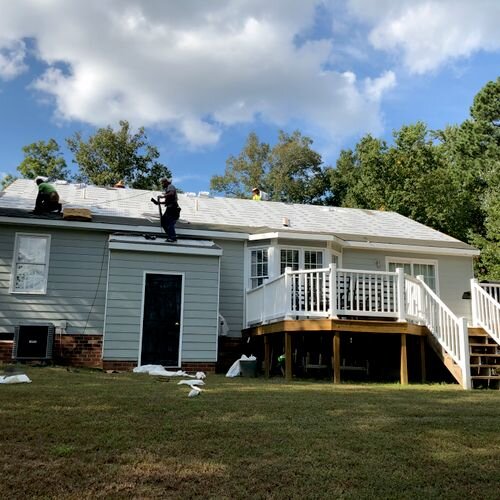Seven Residential Roofing System Performance Threats
Most homeowners rank function above form when choosing a new residential roofing system.
Most homeowners rank function above form when choosing a new residential roofing system. Of course, aesthetics and architectural style are important, but customers naturally want their new roof to last as long as possible.
A professional roofer can recommend high-quality, durable rooftop materials that protect a home for decades. However, roofs do have a few natural enemies. Below are the top seven threats that can compromise a residential roofing system’s performance.
Sunshine
How much sunshine hits the rooftop each day? Over time, heat and ultraviolet rays can cause roofing materials to deteriorate. The effect on system performance is typically worse on roof surfaces that face west or south.
Rain
When rainwater permeates the exterior roofing material, the support structure—decking, moisture barrier, felting—can suffer. The extra moisture also encourages the growth of mold and mildew within the roofing materials, which can spread to the interior walls and ceilings.
Heavy Wind
High winds can lift the edges of a rooftop, blowing away shingles and allowing water and debris to work their way into the roof system. Extremely heavy wind can create extensive damage to most types of roofing materials.
Snow and Ice
As the snow melts, it can refreeze at the rooftop’s edge, where the surface is cooler—an ice dam forms, which can block the gutters and drainage system. In turn, the blockage can cause irreparable damage. In addition, ice dams allow water to back up under the roofing materials, which leads to roof leaks and deterioration.
Moss and Algae
When some roofing materials become moist, moss and algae can grow. Not only is this growth unsightly, but it also leads to roof leaks and mold and mildew development.
Poor Ventilation
Ventilation has a profound effect on a roofing system’s performance. In a poorly ventilated attic, condensation builds up inside and underneath the roofing materials. If the problem isn’t quickly addressed, the roof structure can deteriorate.
Overhanging Tree Branches
Trees may not seem to threaten a roof’s performance, but overhanging branches can cause trouble. Tree limbs can scrape and gouge roofing materials when the wind blows, and falling branches can create significant damage. In addition, fallen leaves can block drainage systems, stick to the roof, and promote rot.
So which type of residential roof system will perform best for the home? A professional roofing contractor can help a homeowner make an informed choice based on their needs and budget.
Master Pro Services provides expert roofing repair and replacement in Richmond, Chesterfield, Midlothian, Hopewell, Ashland, Glen Allen, Moseley, Fort Lee, and surrounding areas. Our services encompass all residential and commercial roofing structures, including flat roofs, Dimensional, three-tab, designer shingles, metal roofing, EPDM roof membranes, thermoplastic roof membranes (TPO), as well as windows, gutters, and other roofing components. Financing is available. BBB member. Call us now at (804) 552-5007.

